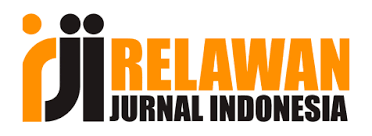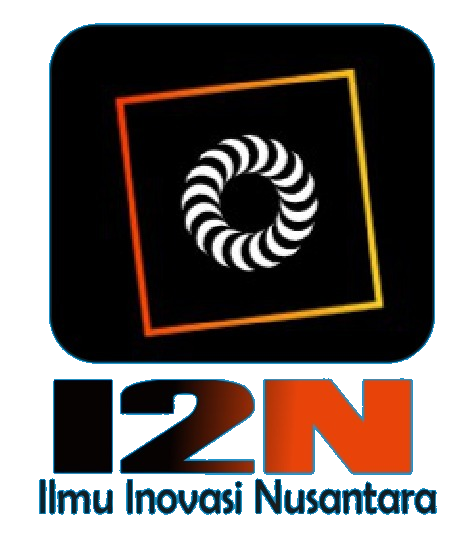Development of Mustahiq Empowerment Instruments
DOI:
https://doi.org/10.58557/ijeh.v2i2.88Keywords:
Instrument, Empowerment, MustahiqAbstract
This study aims to determine the process of developing the mustahiq empowerment instrument to measure the success of the productive zakat distribution model and to obtain an assessment instrument that meets valid and reliable criteria. This type of research is Research and Development. Development procedure In this study using the ADDIE development model (Analysis, Design, Development, Implementation, Evaluation). In the first stage the researcher conducted a preliminary analysis, the second stage the researcher designed the instrument, the third stage the researcher developed and determined the instrument, the fourth stage the researcher distributed the instrument and the fifth stage the researcher analyzed the results by testing the validity and reliability. The results of this study indicate that the instrument is valid and reliable with a reliability level of 0.587. community empowerment instrument with a total of 35 instrument points and 4 indicators that have been tested to be valid and reliable
References
Abdullah. (2014). Application of Accounting Zakat, Infaq/Sedekah Based on Psak 109 At Badan Amil Zakat the Province North Sulawesi. Jurnal Riset Ekonomi, Manajemen, Bisnis, Dan Akuntansi, 3(4), 315–324.
Ferdaus, N. N., Hidayatullah, A., & Zahrati, F. (2020). Business Incubation Model based on Productive Zakatfor Economic Recovery SMEs of Post COVID-19. International Conference of Zakat, 49–60. https://doi.org/10.37706/iconz.2020.241
Firmansyah, H. (2012). Ketercapaian Indikator Keberdayaan Masyarakat dalam Program Pemberdayaan Fakir Miskin (P2FM) di Kota Banjarmasin. Jurnal Agribisnis Perdesaan, 02(02), 172–180.
Fitri, M. (2017). Pengelolaan Zakat Produktif sebagai Instrumen Peningkatan Kesejahteraan Umat. Economica: Jurnal Ekonomi Islam, 8(1), 149–173. https://doi.org/10.21580/economica.2017.8.1.1830
Hartatik, E. (2015). Analisis praktik pendistribusian zakat produktif pada badan amil zakat daerah (BAZDA) Kabupaten Magelang. Az-Zarqa': Jurnal Hukum Bisnis Islam, 7(1). https://doi.org/10.14421/azzarqa.v7i1.1492
Noor, M. (2011). Pemberdayaan masyarakat. Civis: Jurnal Ilmiah Ilmu Sosial dan Pendidikan, 1 (2), 87–99.
Nopiardo, W. N. (2020). Analisis Model Pendistribusian Zakat Produktif Baznas Kabupaten Tanah Datar (Kajian Empiris di Nagari Parambahan Kecamatan Lima Kaum). EKONOMIKA SYARIAH : Journal of Economic Studies, 4(1), 55. https://doi.org/10.30983/es.v4i1.3221
O. Lewis. 1988. “Kisah lima keluarga: telaah-telaah kasus orang Meksiko dalam kebudayaan kemiskinan”. Yogyakarta: Yayasan Pustaka Obor Indonesia. Hal 69
Rachmawatie, D., Rustiadi, E., Fauzi, A., & Juanda, B. (2020). Driving factors of community empowerment and development through renewable energy for electricity in Indonesia. International Journal of Energy Economics and Policy, 11(1), 326–332. https://doi.org/10.32479/ijeep.10533
Setianingrum, A., Huda, N., & Santosa, P. W. (2021). Prospects of Zakat as Tax Credit in a New Normal COVID-19 Period. International Journal of Zakat, 6(1), 25–38. https://doi.org/10.37706/ijaz.v6i1.242
Sulaeman, S., Majid, R., & Widiastuti, T. (2021). Zakat and its impact on socio-economic welfare before COVID-19 pandemic in Indonesia. International Journal of Zakat, 6(2), 75-90. https://doi.org/10.37706/ijaz.v6i2.301
Wiphasith, H., Narumol, R., & Sumalee, C. (2016). The Design of the Contents of an e-Learning for Teaching M.5 English Language Using ADDIE Model. International Journal of Information and Education Technology, 6(2), 127–131. https://doi.org/10.7763/ijiet.2016.v6.67 1
Downloads
Published
How to Cite
Issue
Section
License
Copyright (c) 2022 Candri Candri, Didin Nurul Rosyidin, Abdul Aziz

This work is licensed under a Creative Commons Attribution-ShareAlike 4.0 International License.














